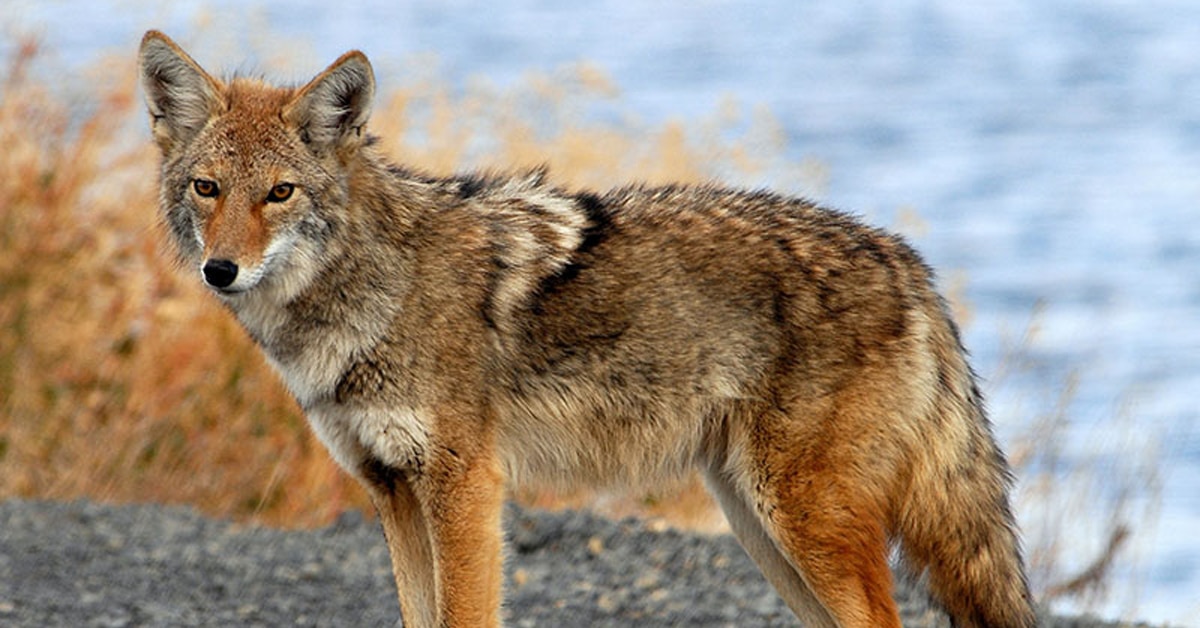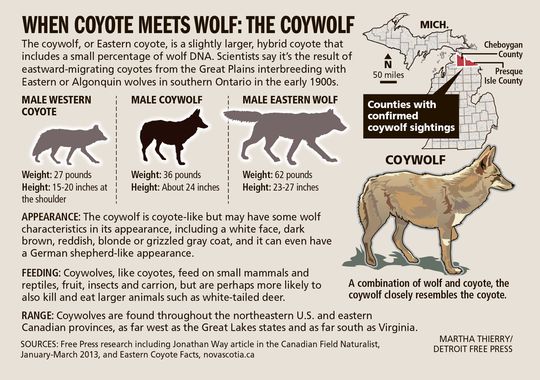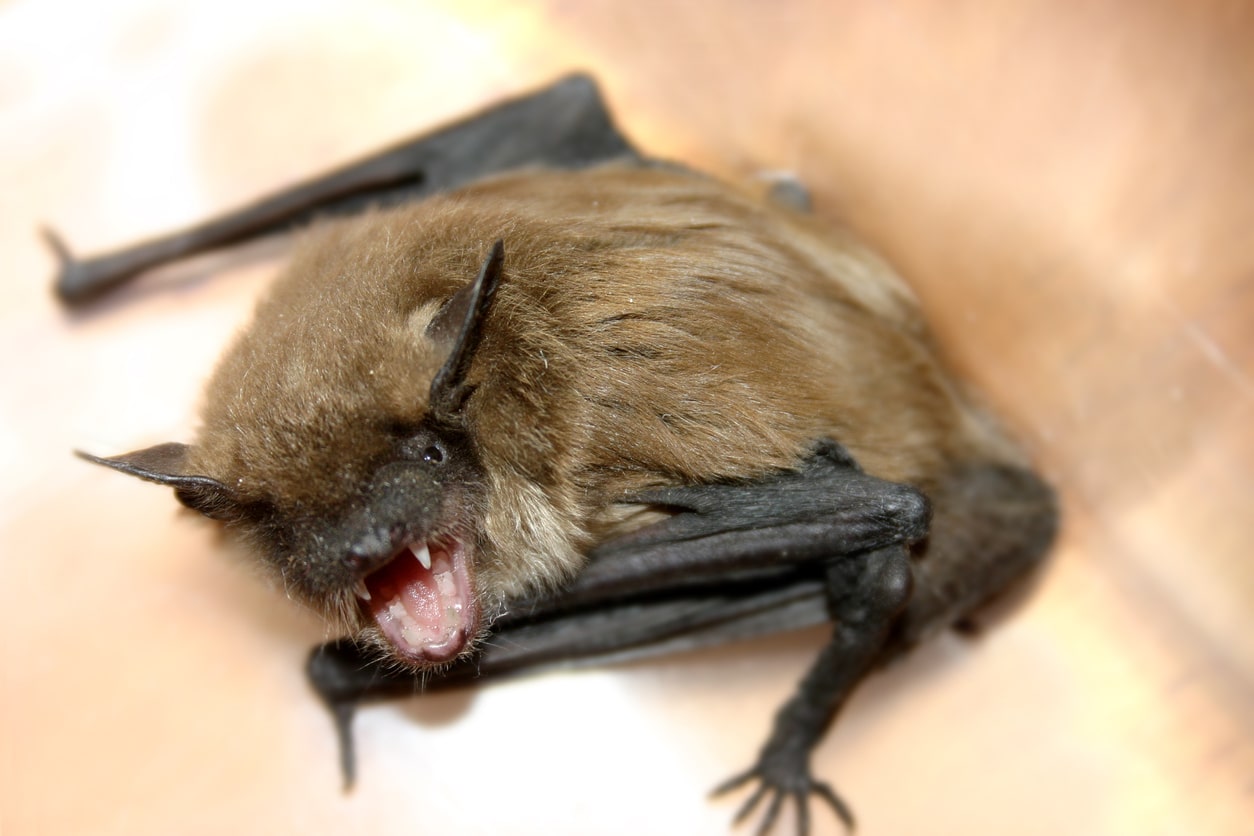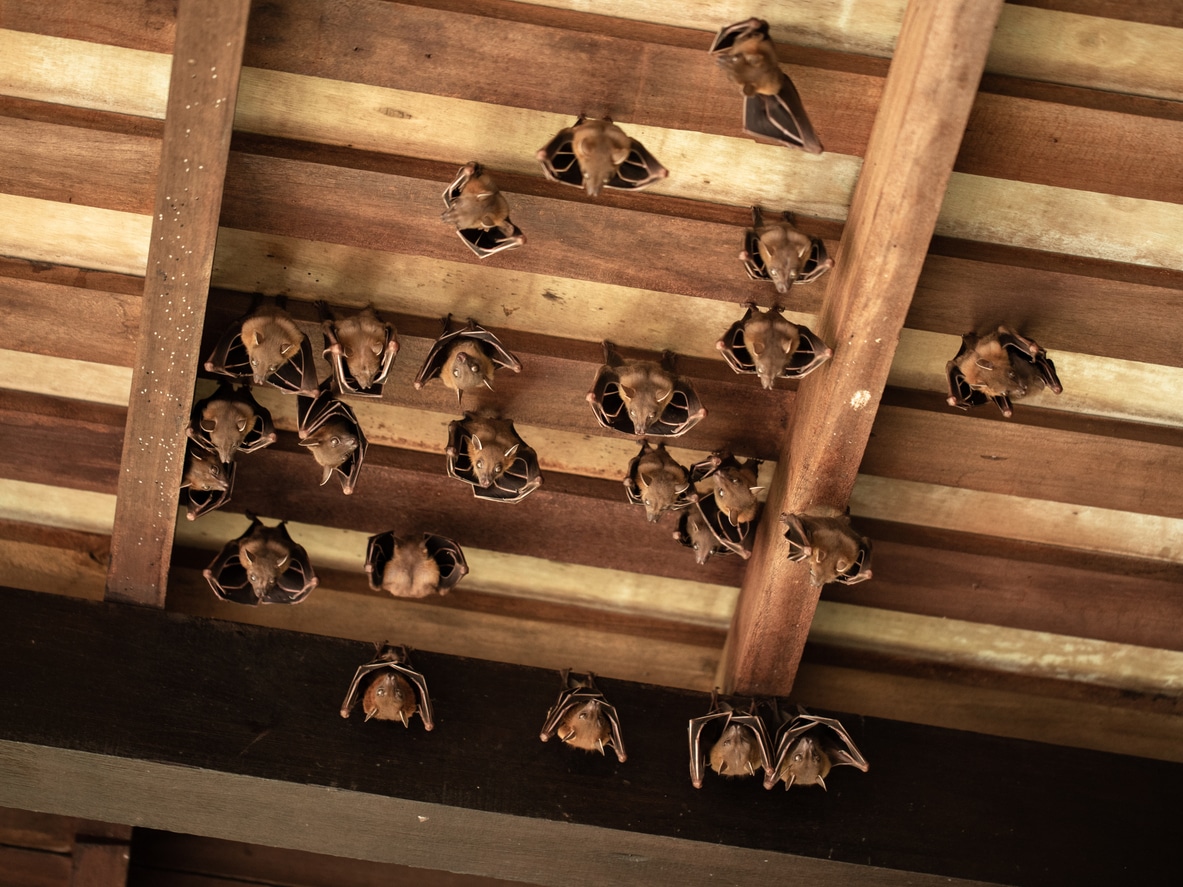When the temperatures start to drop, you’re not the only one looking for a warm…

Coyote or Wolf? Michigan’s Hybrids
Updated: September 25, 2023
Wolves are a hot topic in northern Michigan these days with intense political debates surrounding whether Michigan should have a wolf hunting season. Until recently, wolves were endangered in northern Michigan and have only recently started making a comeback.
Michigan is also home to the western coyote, common throughout the midwest. Coyotes were never endangered in Michigan, but until a decade ago they were confined to the northern part of the state. Since then they have ranged farther and farther south until they are now present in all of Michigan’s 83 counties.
Increased frequency of coyotes in the south in the past few years has led to more sighting of the rare coyote-wolf hybrid, known as the coywolf. Coywolfs are believed to be descended from coyotes who migrated from the Great Plains in the early 1900s and bred with Michigan wolves. Coywolfs are extremely rare but have been reported with increasing frequency in northern Michigan, specifically around Cheboygan County.
In order to understand the coywolf, it is necessary to know more about the difference between coyotes and wolves. Coyotes are much smaller than wolves, averaging around 27 lbs and standing 15-20 inches tall at the shoulder. Like wolves, coyotes travel in packs, but instead of a sustained howl they have a call that sounds more like a yipping. Their ears are longer and more pointed than a wolf’s, and their snouts are more slender. Wolves, on the other hand, average 62 lbs and stand about 23-27 inches tall at the shoulder. Their call is a sustained howl, and their ears and snouts are shorter and stouter than a coyote.
The coywolf stands between the two as regards to height and weight. The average coywolf weighs in at 36 lbs and stands 23 inches at the shoulder. The following chart may help understand the distinction:
A coywolf is a genetic hybrid between a wolf and a coyote, but the genetic difference is not 50/50. The coywolf is essentially a coyote who has had a small amount of wolf DNA (experts estimate 5%) inserted into its genetics, causing them to grow bigger than normal coyotes and have a few wolflike features. Until 2010, they had not been seen south of the Mackinac Bridge since 2004. That year tracks were discovered outside Pellston and Cheboygan that were too big to belong to a coyote. Trail cameras confirmed the presence of coywolves and in the fall of that year two adolescents were captured by trappers. Blood testing confirmed them as coywolves.
Though coywolves may become more common in the lower peninsula, they are still rare, and the Michigan DNR emphasizes that there have been no known coywolf attacks. Legally speaking, from a management and regulation standpoint, coywolves are treated simply as coyotes.
Creature Control: Your Trusted Source for Humane Pest Control and Wildlife Removal in Michigan
Discover a world where Creature Control excels in Humane Pest Control! Serving all of Michigan, we specialize in pest control, rodent control, and wildlife removal. Whether it’s wolves, coywolves, or any other critter causing concern, we’ve got you covered. Protect your home and property with our expert services. Explore our comprehensive solutions today and trust Creature Control for all your pest and wildlife needs. Learn more about our top-notch services by clicking here.
Click here to read an article on coywolves from the Detroit Free Press.



